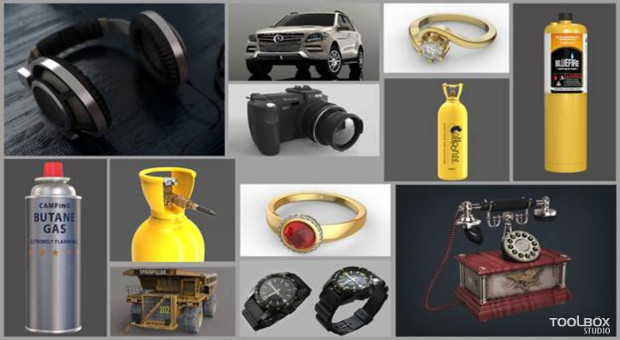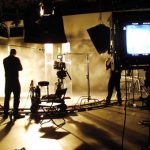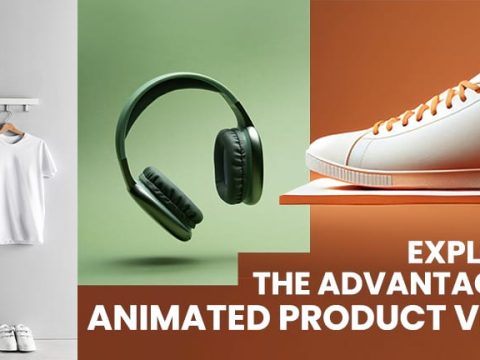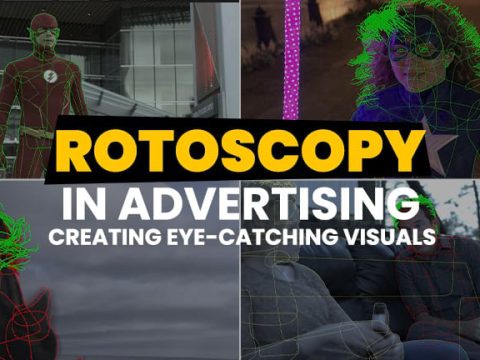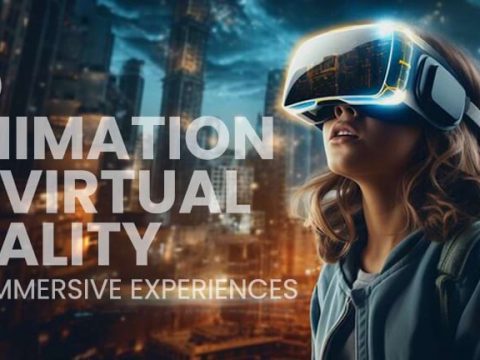Before buying a product on an e-commerce website, you first ensure you have viewed the product image from various angles so you get a good idea of what it looks like from all sides.
What you see is called a photorealistic 3D product image. The term 3D Product modeling has gained a lot of momentum in recent years because it has so many diverse uses and applications.
Browse through Toolbox Studio’s work in the 3D product modelling space here.
What is 3D modeling?
Commercial 3D models are three-dimensional models or renderings of three-dimensional objects. 3D models combine the three fields of geometry, mathematics and design to generate a 3D product image or representation of an object using specialized software. So basically, it uses different mathematical concepts, including curves and lines to generate 3D structures. These structures may be viewed as computer simulations, printed as a 2D rendering of a 3D object or printed (using a 3D printer) to generate a physical model.
Where is 3D modeling used?
Commercial 3D models serve various purposes:
- Commercial 3D models are used to create realistic looking objects (or even people) to be represented on screen for various media
- They serve to create a visual representation of a concept before it is made.
- Commercial 3D models can be rotated to observe different aspects of the model from various perspectives.
- They give a spatial design when required allowing a visual representation of the arrangement of objects in about each other.
- Commercial 3D models allow easy correction of design features before any physical structures are made thereby reducing costs.
- 3D Product modeling is also used before printing anything using a 3D printer to generate the blueprint for printing.
Industries where 3D modeling is used extensively
As mentioned above, E-commerce is one of the key industries where 3D product images are in huge demand. The various angles from which a product can be viewed gives it a realistic feel and hence, it is used widely by almost all e-commerce businesses that sell products.
3D product modeling is used across various industries, serving unique purposes in each. Here are some of its most popular uses.
1. Products
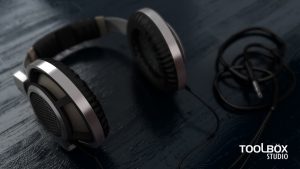
Prototypes are expensive, especially if you design something intricate like a watch, expensive jewelry, or massive, like a car. Making something that turns out differently than envisioned can save time and money. 3D product modeling eliminates that hazard. It also allows engineers to assemble hundreds of moving parts to test their functioning before they are made.
3D product modeling is also great for marketing a product. It creates stunning visuals that can be animated for advertisements to show a product’s features and capabilities. These visuals can also be interactive so potential customers can see how a product functions before purchasing.
It can also be used to remodel an existing product using various aspects of design and textures. 3D printing also allows manufacturers to play around with materials used in their initial designs to find the one that suits them the best as different materials can be used for printing.
2. Games
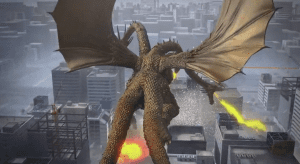
Video games are another famous avenue for 3D product modeling. As technology has progressed, games have become increasingly realistic, with large maps using interactive three-dimensional objects. Even characters in the game are not safe from the 3D touch, as gamers demand more realistic scenarios to explore.
3. Medicine
3D product modeling is a boon to medicine with a myriad of uses. It creates models of organs, skeletal structures, and any anomalies that may occur. These models are excellent teaching aids for medical students, allowing them to visualize anatomy accurately. 3D imaging technology also allows the different textures of layers of organs, for example, to be demonstrated accurately.
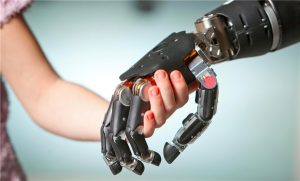
Apart from education, 3D product modeling also allows surgeons to plan surgeries. We accurately structure the medical models and can customize them to the actual size. It will enable surgeons to quickly explain the procedures to be carried out and instill confidence in their patients.
Similarly, the dental field also utilizes 3D imaging. It now prints crowns for teeth or prosthetic limbs using 3D printing technology, simplifying these processes.
4. Architecture and Interior Design
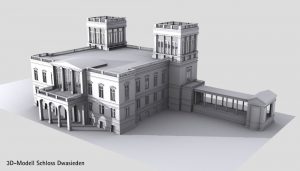
3D imagery is a great way for architects to bring their visions to life before breaking ground! Blueprints are used to virtually ‘construct’ buildings. This can be used to demonstrate the interior plans and exterior views. They offer different perspectives, allowing the building to be viewed from ground level to bird’ s-eye views.
Similarly with interior design, clients can view their future homes and workplaces as the interior designer envisions them. They can change the arrangement to their liking or even decide on new upholstery before even going close to a store. This allows for projects to be approved easily and modifications can be easily made before any actual work begins.
5. Fashion and Jewellery
Always at the cutting edge (pardon the pun) of technology, the fashion industry knows how to use 3D product modeling to its advantage. Artists and fashion designers can model 3D dynamic clothing on computers. This allows them to play around with different textiles and create virtual fashion catalogues for online shopping websites. Designers now create clothing for various avatars in video games and animated movies.
It can be used similarly for designing jewellery where the product is created virtually to see how different precious materials can be incorporated into a design without actually having to create it physically. This allows jewellers to offer highly customised products with their clientele being able to view products before they are made to order resulting in higher levels of customer satisfaction.
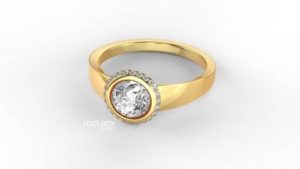
D product modeling can find uses in almost any industry one can think of. Even Forbes agrees that 3D printing is the future.
Toolbox Studio excels as one of India’s top 3D animation companies that specialises in 3D product modeling. We collaborate closely with our clients to understand their needs and deliver our products in a timely and cost-efficient manner. Contact us to see how we can help bring your vision to life through 3D product modeling.



